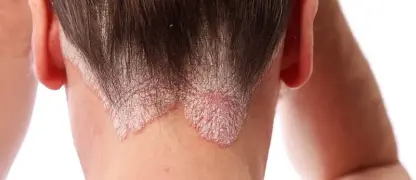Struggling with an itchy, red rash in your groin? Understanding Tinea cruris, or jock itch, is the first step towards effective relief and preventing its return. Don't let discomfort disrupt your daily life.
What are the main causes of Tinea Cruris (Jock Itch)?
- What causes jock itch is a type of fungus called a dermatophyte, the same group of fungi that is responsible for athlete's foot and ringworm.
- The fungus thrives in warm, moist areas, which is why friction and prolonged moisture from sweat in the groin area create an ideal breeding ground.
- The condition is contagious and can spread through direct contact or by sharing contaminated towels, clothing, or athletic equipment with an infected person.
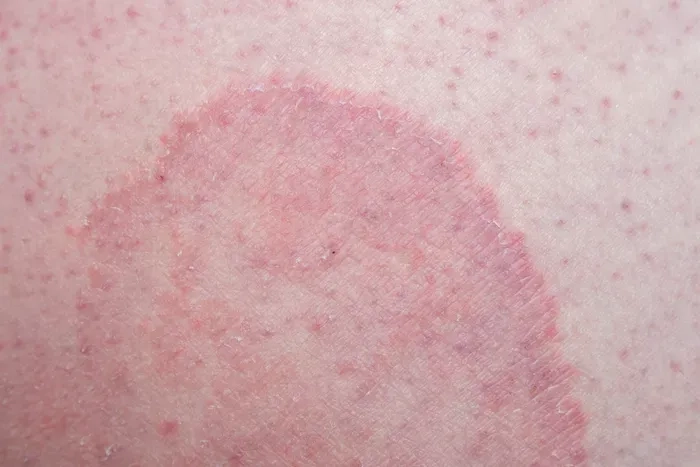
Key symptoms of Tinea Cruris (Jock Itch) to watch for
- Look for a red, itchy, and often ring-shaped rash in the groin folds, inner thighs, or buttocks, which may have a clearly defined border.
- The affected area may experience persistent itching, chafing, or a burning sensation that can become worse with physical activity or wearing tight clothing.
- The skin within the rash can appear flaky, scaly, or cracked, and sometimes small blisters may form along the border of the affected area.
How can you prevent Tinea Cruris (Jock Itch) effectively?
- One key to preventing jock itch is keeping the groin dry; always dry the area thoroughly with a clean towel after showering or exercising.
- Wear clean, loose-fitting cotton underwear and clothing to reduce moisture buildup and allow the skin in the groin area to breathe properly.
- If you have athlete's foot, put your socks on before your underwear to prevent the fungus from spreading from your feet to your groin area.
>>> Related articles: Rhinosporidiosis - A chronic fungal infection of the nose
Image of the disease Tinea Cruris (Jock Itch)

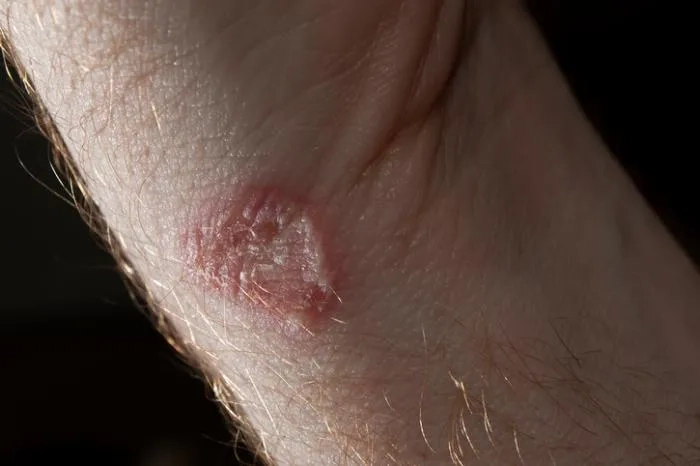
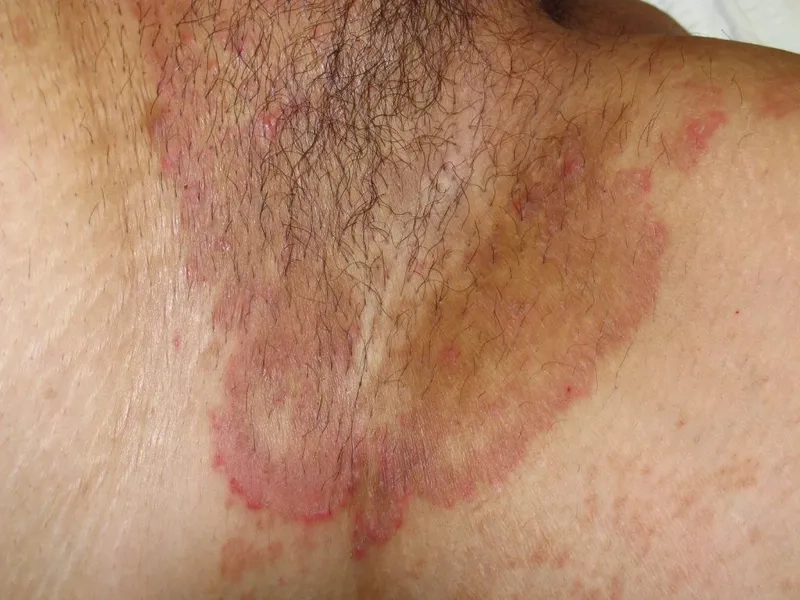

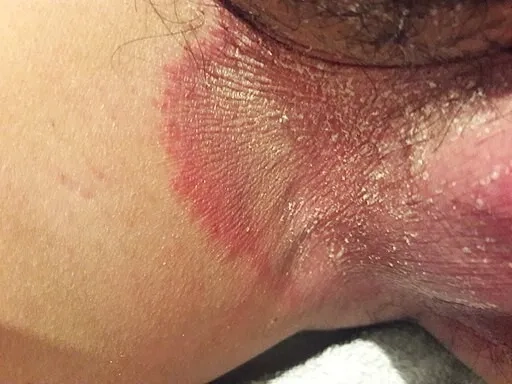

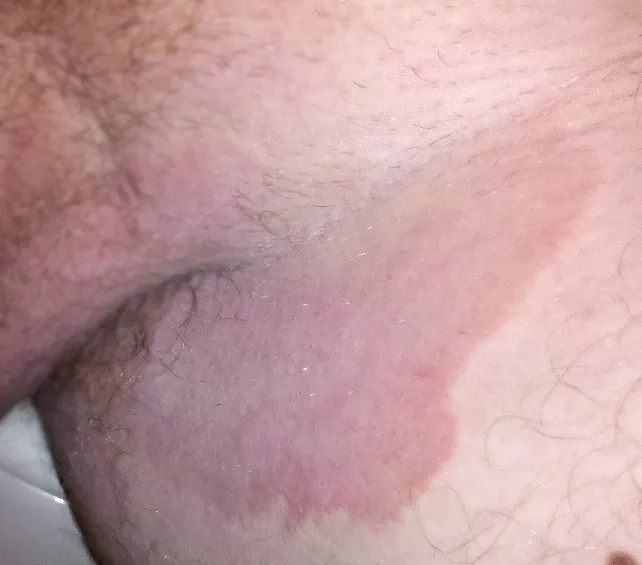
>>> Don't miss: Tetanus - Why you need to stay up to date on your booster shot
Consistent hygiene and using an antifungal cream for jock itch are key to resolving it. If the rash persists, see a doctor for a diagnosis and treatment options.
>>> Don't miss: Tinea capitis - How to treat ringworm of the scalp




